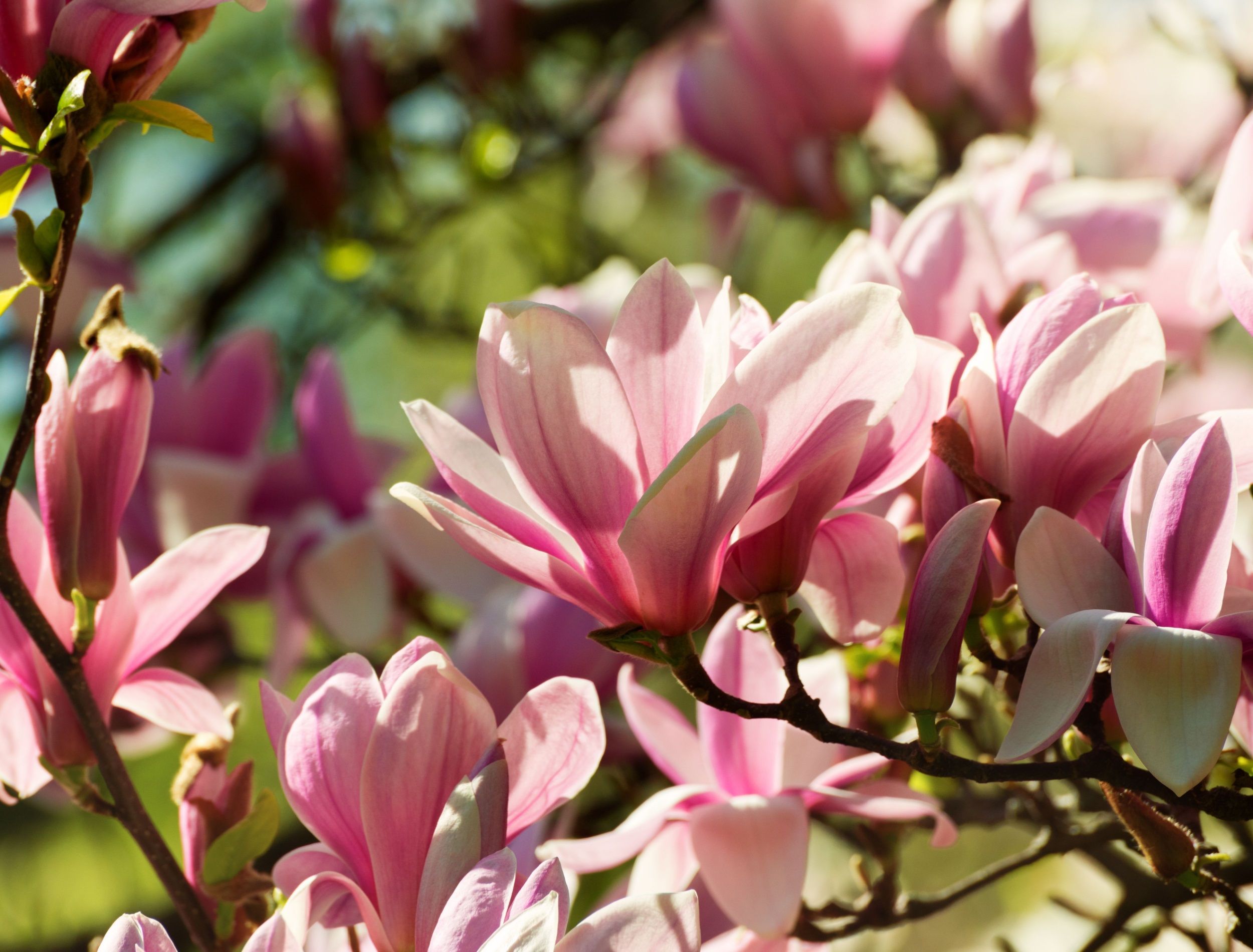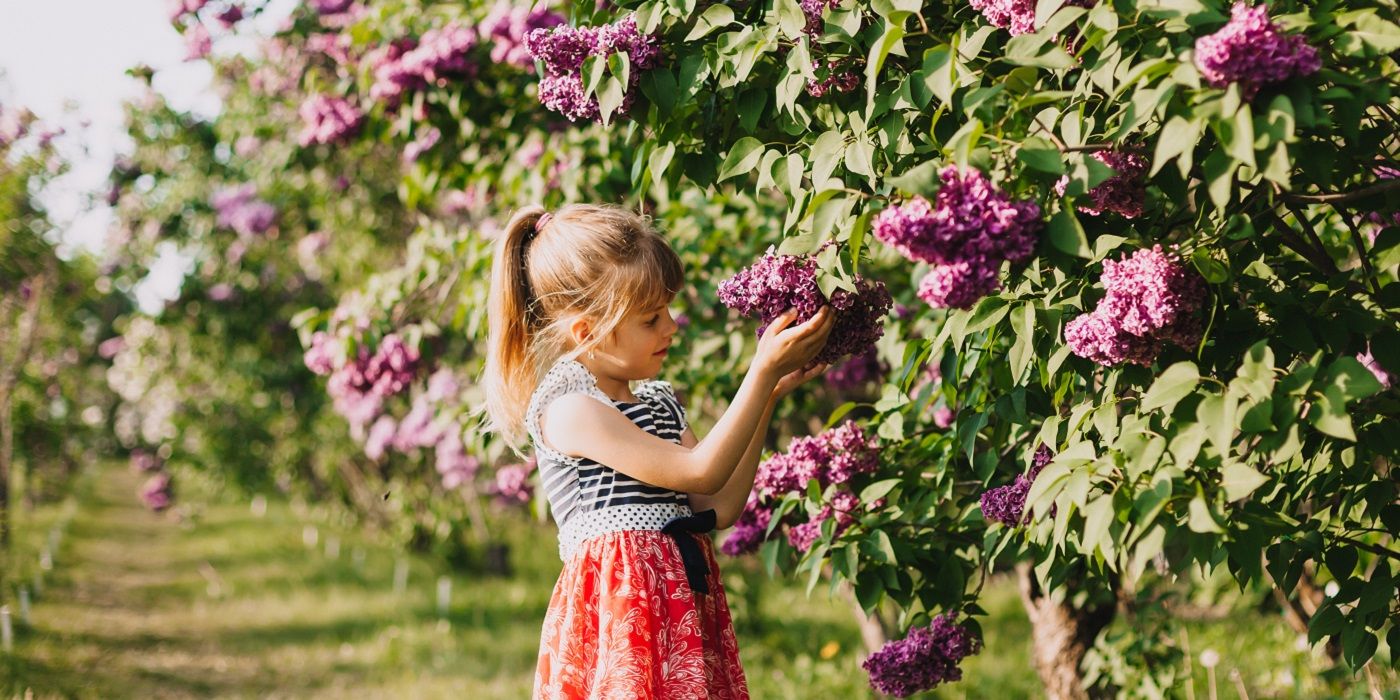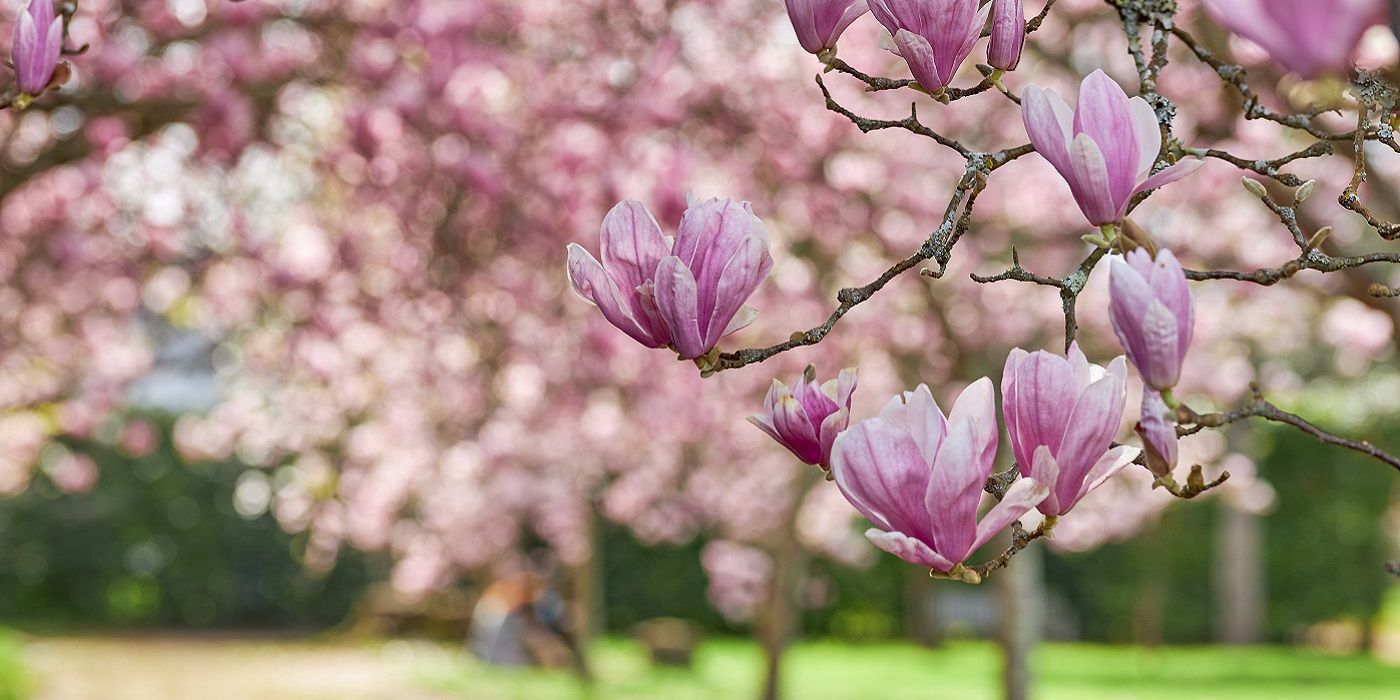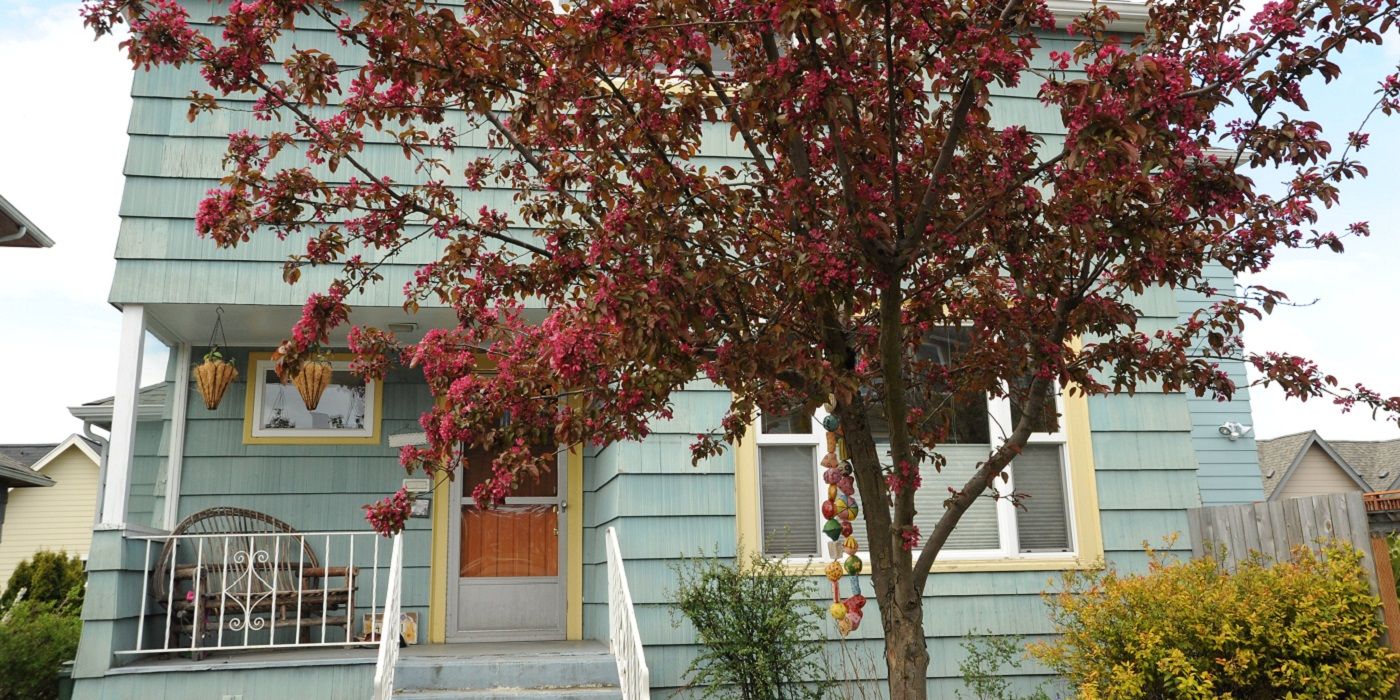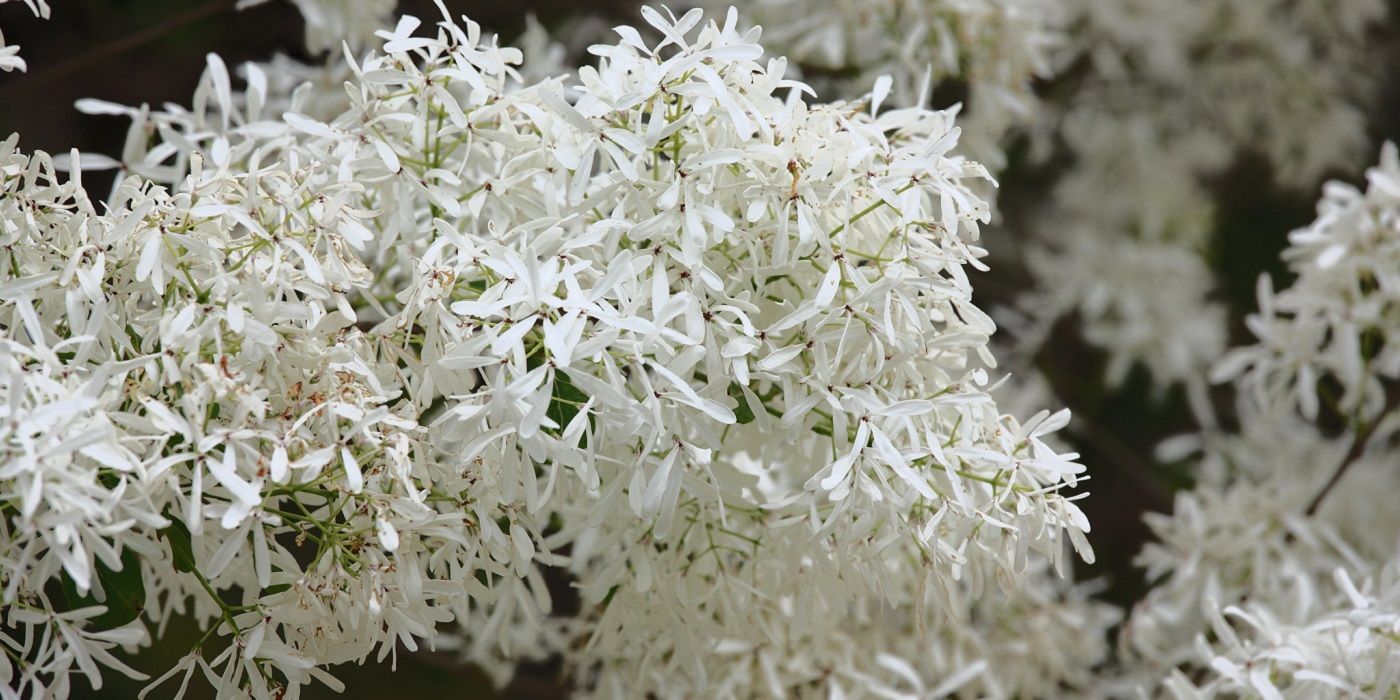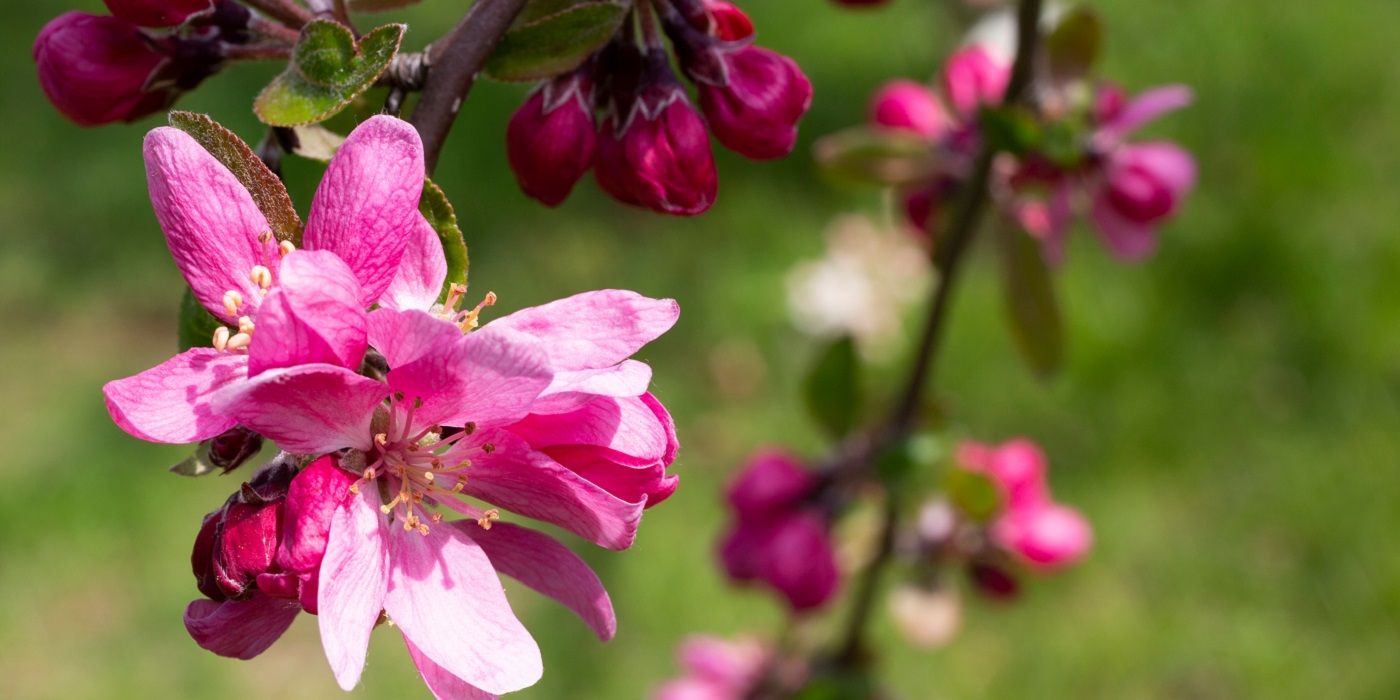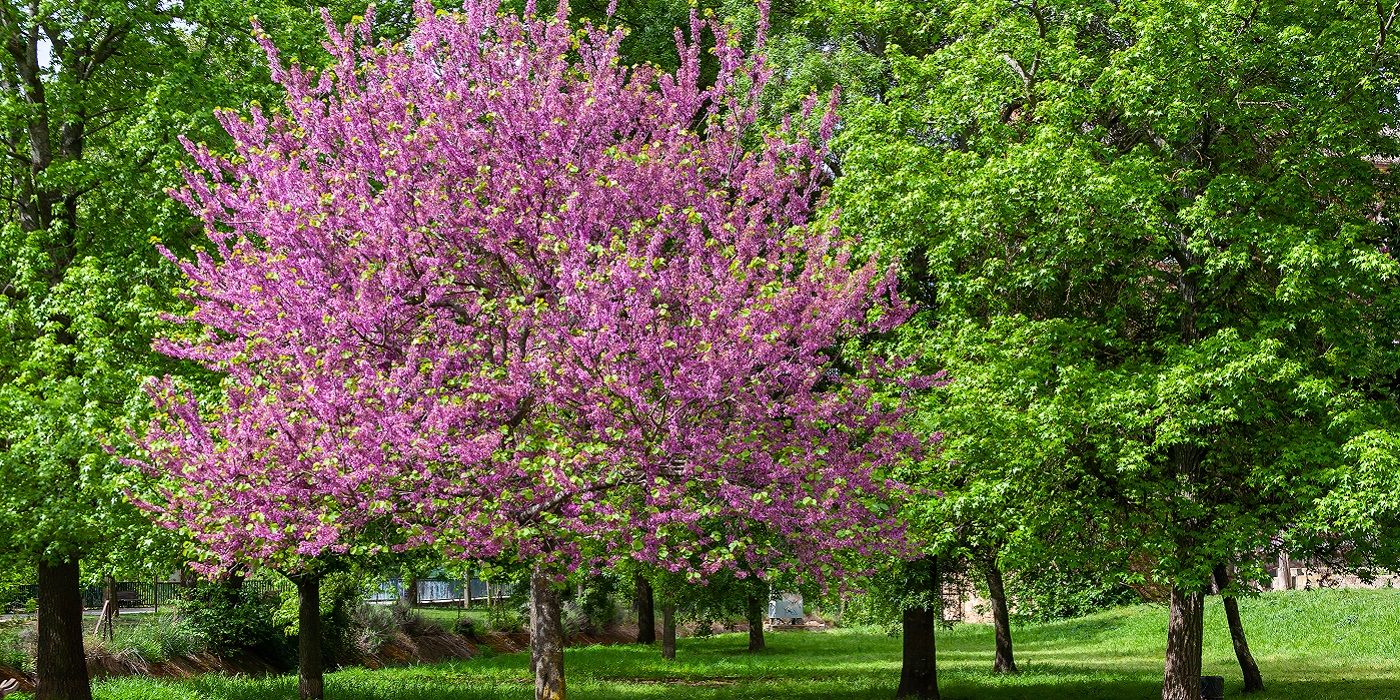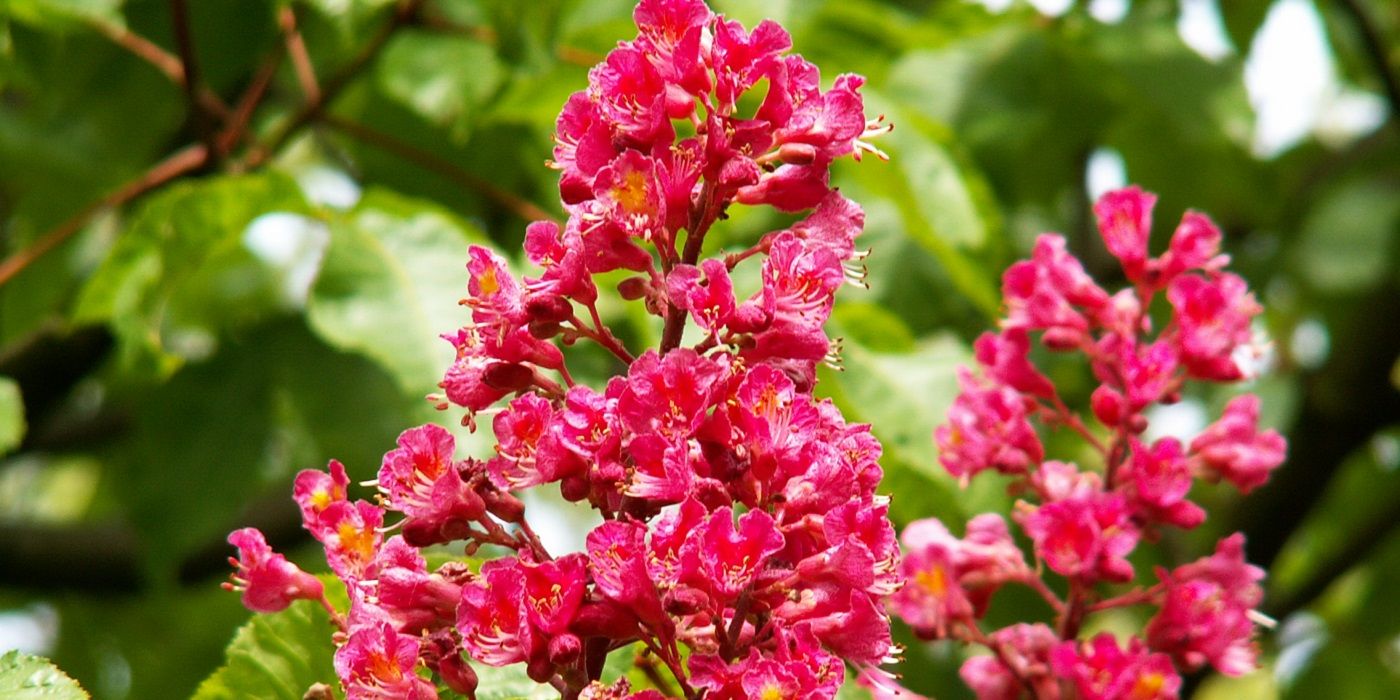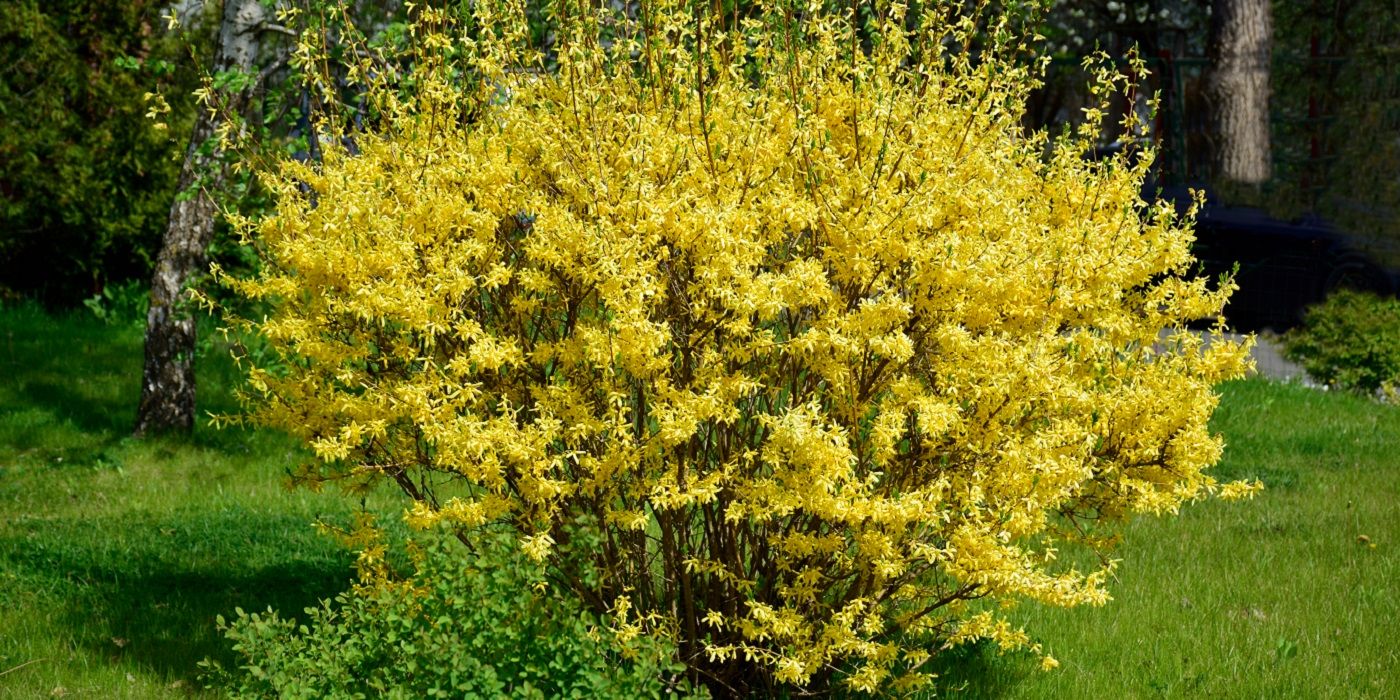Key Takeaways
- Flowering trees provide ornamental beauty as well as health benefits like air purification and shade.
- Lilacs, magnolias, and hawthorns are stunning and beneficial trees to consider adding to your garden.
- Consider selecting spring blooming trees like magnolia and redbuds that bloom quickly to enjoy their beautiful blossoms sooner.
Trees have the power to uplift any landscape. They add depth, richness, beauty, and the kind of natural structure that inspired great artists all over the world throughout time, including the likes of Emily Carr, Cezanne, and English painter John Constable.
However, flowering trees also provide as much function as they do ornamentation. They absorb carbon dioxide and purify the air, dampen noise, reduce water runoff, and boost overall health. Come summer, they willingly provide shade and comfort to humans and pets alike.
Consider adding beautiful trees that bloom in spring to your garden and enjoy their arboreal splendor for years to come.
1 Lilac Brings Sweet Scents
Add fragrant and beautiful trees to your landscape
If you’ve ever sniffed a lilac (Syringa reticulata), its name alone likely brings its heady fragrance to mind. It’s no surprise lilac flowers have been used in perfumes for centuries.
A member of the Oleaceae, the olive plant family, lilac spring blooming trees flower in early to mid-spring. The purple flowers are iconic, but lilac flowering trees also bloom with cream, pink, red, or white blossoms as well. Adding to its appeal are its smooth, heart-shaped green leaves and its ability to attract bees and hummingbirds.
|
Tree |
Characteristics |
Growing conditions |
Hardiness zones |
|
Lilac (Syringa reticulata) |
Reaches up to 24 feet tall |
Give the tree at least six hours of full sunlight daily and plant it in rich, loamy soil. |
2 to 7 |
2 Magnolia Trees Brighten Spring Yards
The sweet-smelling tree that attracts birds
Some magnolias (Magnolia grandiflora) bloom as early as February, while other cultivars wait until summer. Typically, you can enjoy their blooms in early spring. Their creamy-white flowers are filled with nectar and emit a delicate, lemony fragrance that attracts beetles and songbirds. Expect blossoms to last for about a month.
|
Tree |
Characteristics |
Growing conditions |
Hardiness zones |
|
Magnolias (Magnolia grandiflora) |
Reaches 20 to 80 feet tall |
Keep these southern favorite flowering trees in a sunny or partially shaded location with rich, well-draining soil that is slightly acidic. Also, avoid placing it in a windy location. |
4 to 9 |
To enjoy magnolia’s luscious blooms sooner rather than later, plant a small tree or seedlings rather than seeds. It can take between three and 10 years for these beautiful trees to bloom.
3 Hawthorn Adds Color in Many Seasons
The hawthorn tree is colorful in spring, summer, and fall
When other spring blooming trees fade to green, hawthorn (Crataegus) keeps flowering well into early June. Its pink, red, or white blossoms burst out in clusters at the tips of its twigs. Hawthorn is a member of the rose plant family.
All parts of this tree are edible and many are used for various purposes. Come autumn, this thorny tree produces a bevy of red fruit, traditionally used for preserves and syrup. Its flowers, berries, and large, oft-serrated leaves are all used for medicinal purposes.
|
Tree |
Characteristics |
Growing conditions |
Hardiness zones |
|
Hawthorn (Crataegus) |
Hawthorn can grow up to 50 feet tall and 30 feet wide. |
These beautiful trees will blossom best in full sun but also thrives in partial shade. It’s also not picky about its soil, but a location with loamy, moist, well-drained soil will suit it well. |
4 to 8 |
4 Fringetree Brings Birds to the Yard
The unusual flowers and fruits of this tree stand out
Fringetree (Chionanthus virginicus) is a member of the olive family and native to the US. It goes by other names, such as American fringe tree, sweetheart tree, or the quirky Grancy greybeard and old man’s beard.
Its common name alludes to the fragrant, fringe-like, white flowers that bloom in late spring. As an extra treat, female fringtrees produce olive-shaped, blue fruits (drupes) in late summer that birds love to feast on.
|
Tree |
Characteristics |
Growing conditions |
Hardiness zones |
|
Fringetree (Chionanthus virginicus) |
A medium-sized tree, it tops out at 20 feet tall and 30 feet wide. |
Fringetree flourishes in full sun to partial shade, and needs neutral to alkaline soil that is loamy and full of organic matter. |
3a to 9b |
5 Crabapple Is a Reliable Bloomer
Bring color to every spring with these flowering trees
Flowering crabapple trees (Malus baccata) put on a fantastic floral display throughout spring. Blooming time and duration can vary, but never disappoint! The blossoms of these beautiful trees can be white, red, coral, deep pink, or a combination of these colors.
Flowers on these spring blooming trees also come in different forms, including double rows (with blossoms that have more than 10 petals) and semi-double (blooms with six to 10 petals). However, for the earliest blossoms, single-flowered crabapples (five petal varieties) take the prize.
|
Tree |
Characteristics |
Growing conditions |
Hardiness zones |
|
Flowering crabapple (Malus baccata) |
These showy relatives of apple trees will grow to between 15 and 20 feet tall, and 12 to 20 feet wide. |
They like full sun and rich, loamy, well-drained soil. |
4 to 8 |
If you prefer cultivars without messy fruits, choose Marilee® crabapple tree (Malus 'Jarmin'), 'Prairie Rose' (Malus ioensis), or Malus 'Spring Snow.'
6 Redbud Is a Native Grower
Fill the landscape with color
A tree that is so lovely that even George Washington was inspired to write about it in his diary! Redbud tree (Cercis) is native to North America and is also the state tree of Oklahoma. Both varieties, Eastern redbud (Cercis canadensis) and Western redbud (Cercis occidentalis) are spring blooming trees and will fill your garden with pink, red, or white blossoms in time for spring or as early as February.
|
Tree |
Characteristics |
Growing conditions |
Hardiness zones |
|
Redbud (Cercis) |
|
Both trees enjoy full sun or partial shade but flower best in full sun. They prefer moist, well-draining soil, but are also drought tolerant. |
4 to 9 |
7 Grow Red Horsechestnut Flowering Trees
Enjoy dark green leaves and bright flower clusters
Red horsechestnut (Aesculus x carnea) has showy, dark-green leaves that fill the spaces between each cluster of flowers, or panicles. As a result, the tree appears to have been purposefully and carefully decorated with floral ornaments in hues of gold, pink, or reddish burgundy. It’s near-impossible not to linger over its charming beauty. Red horsechestnut typically blooms in May and has a dense, oval shape overall.
|
Tree |
Characteristics |
Growing conditions |
Hardiness zones |
|
Red horsechestnut (Aesculus x carnea) |
The deciduous red horsechestnut tree will offer plenty of shade in your garden, reaching a maximum size of 40 feet high and 30 feet wide. |
These spring blooming trees will grow slowly and happily in a spot with full sun to partial shade and well-draining soil rich in organic matter. |
4 to 8 |
8 Forsythia Is a Versatile Addition
Grow this gorgeous plant as a shrub or a tree
Although this non-native hardy perennial is most often grown as a shrub, forsythia can be pruned into beautiful trees as well. It's a great choice because it is low-maintenance and adaptable. The cheerful, golden, bell-shaped blooms emerge in early spring even before its leaves do. Planted anywhere in your landscape, this fast grower instantly attracts attention and declares, “spring is here!”
|
Tree |
Characteristics |
Growing conditions |
Hardiness zones |
|
Forsythia |
Forsythia grows to a maximum of 10 feet tall by 12 feet wide and is a go-to choice for a screen plant. Grow it as a standalone star, for hedging, or to munch on its edible leaves. |
It likes full sun and neutral to alkaline, loamy soil. You will also be pleased to know that you can prune it into a tree. |
5 to 9 |
Flowering Trees to Ring in Spring
Grow any of these spring blooming trees on their own, along fences, or in groupings to create a real "wow" moment in your garden. It’s such a welcome sight in spring to see bright flowers emerging from the buds and the flurry of wildlife they attract.
Best of all, flowering trees last for years and continue to add beauty to landscapes!

